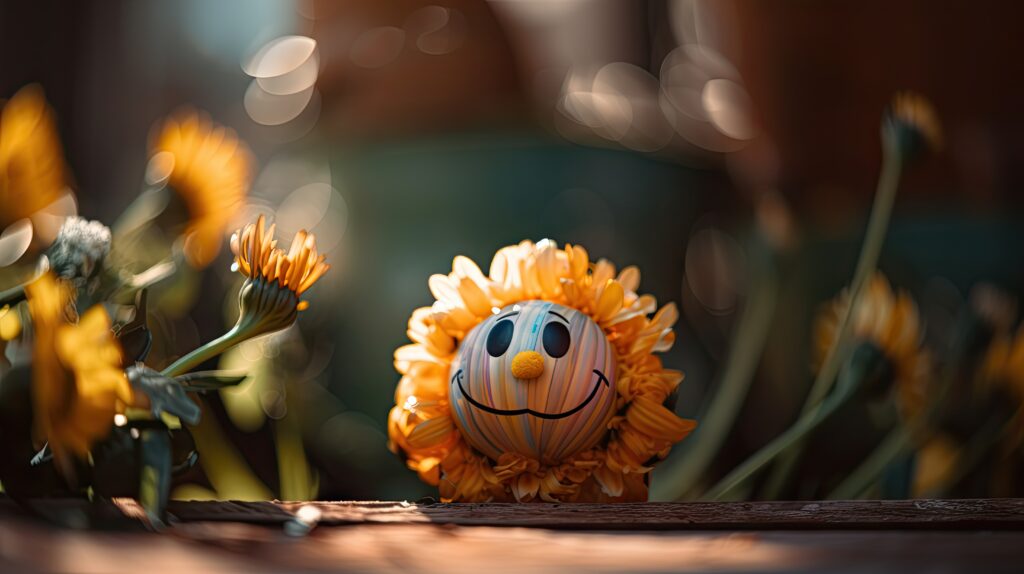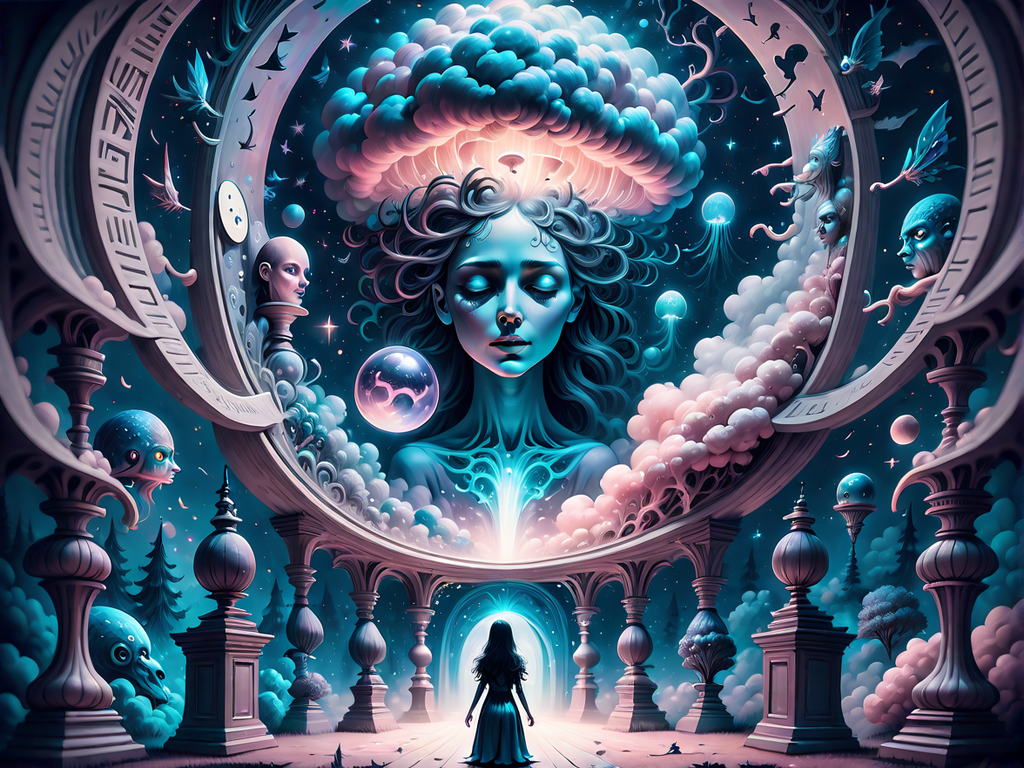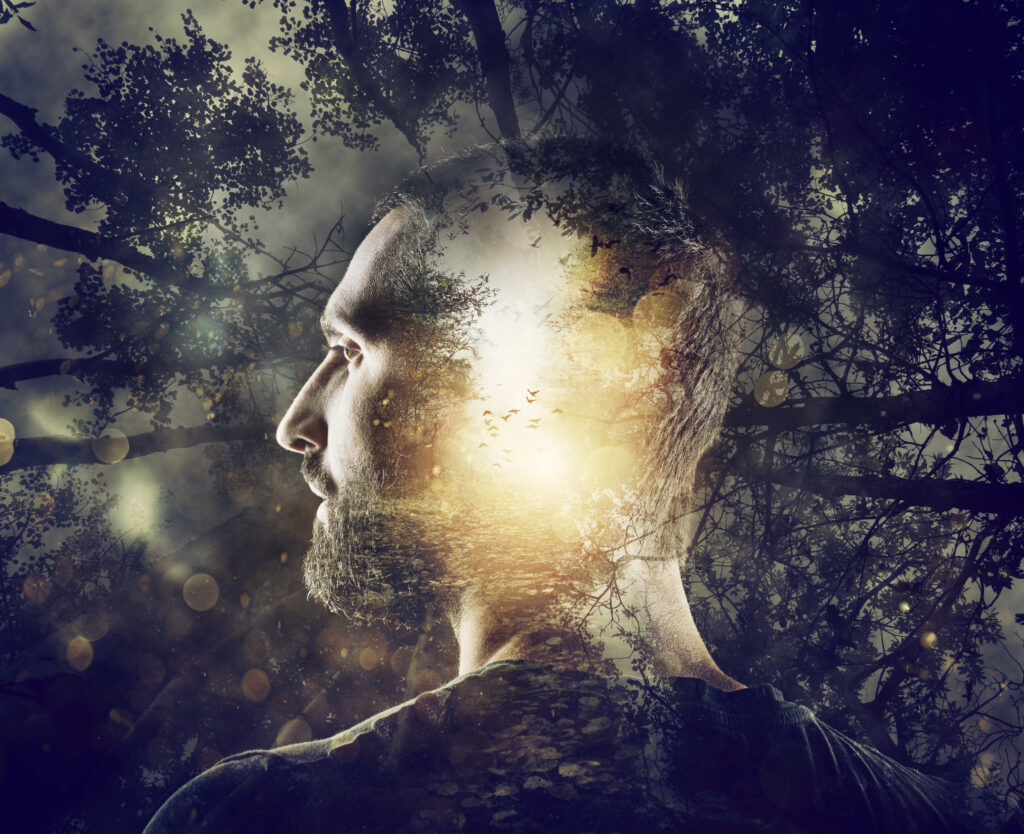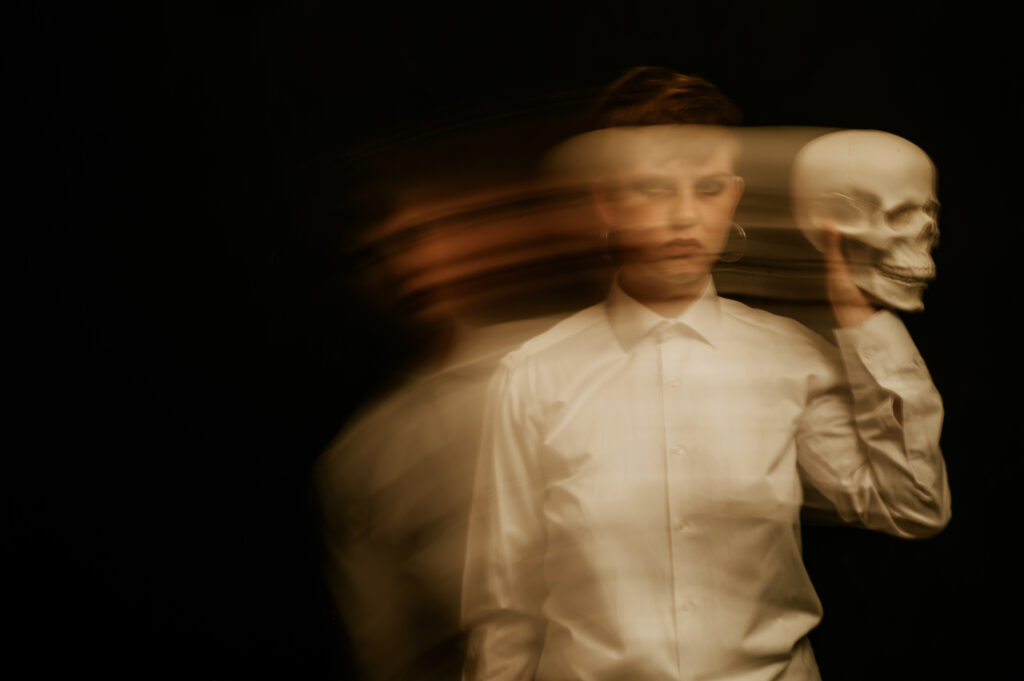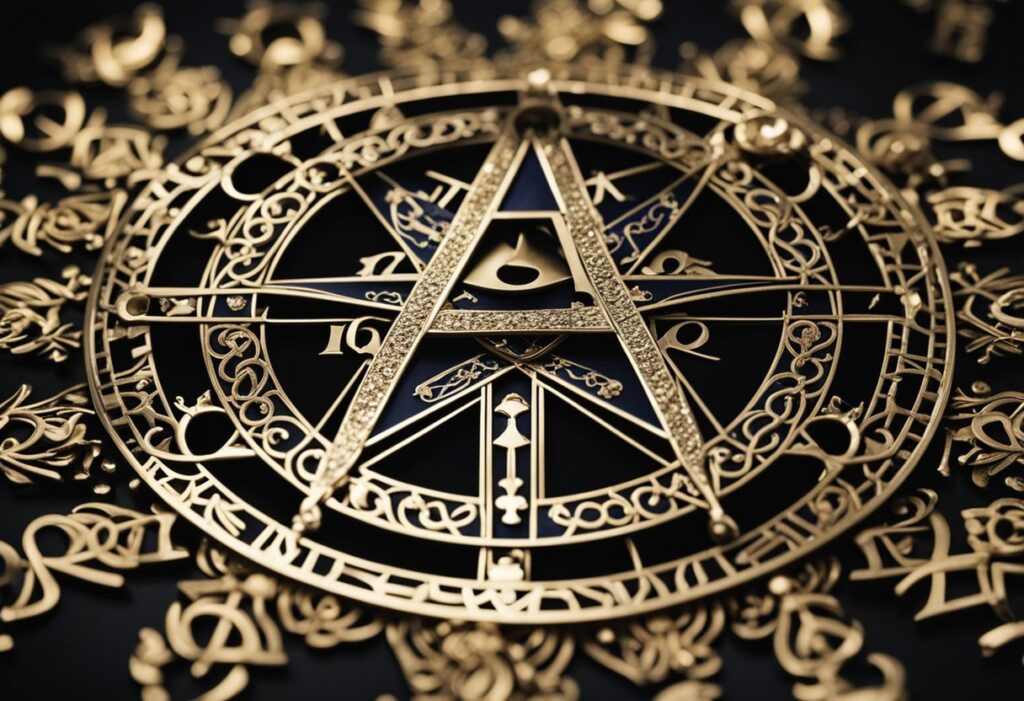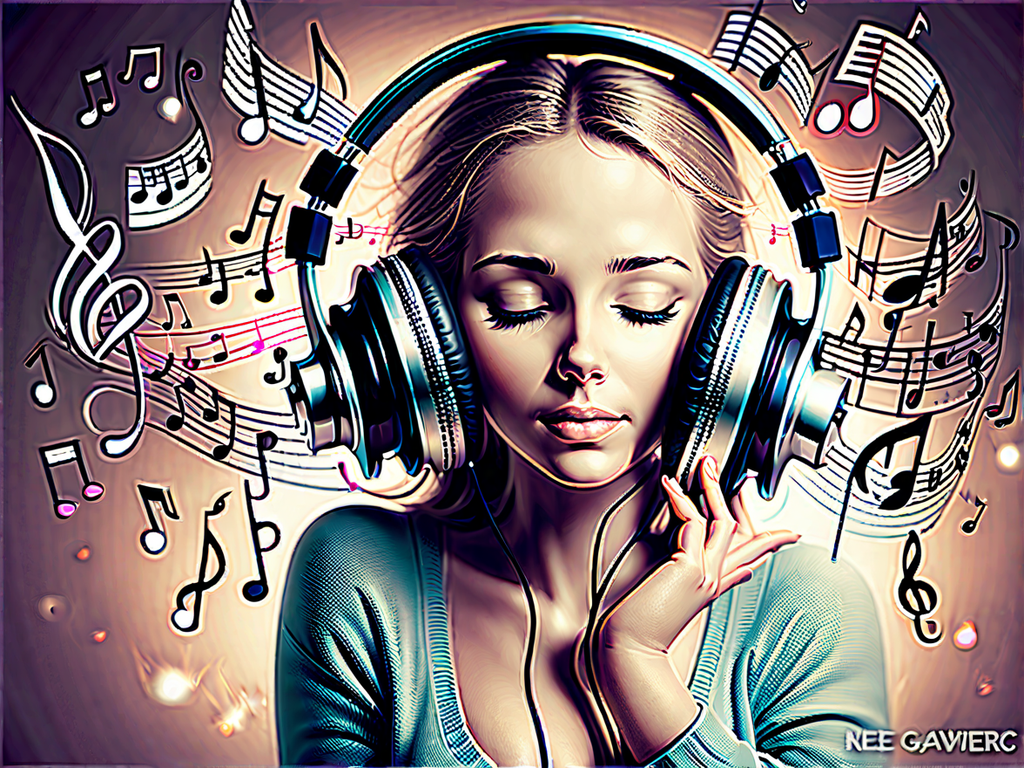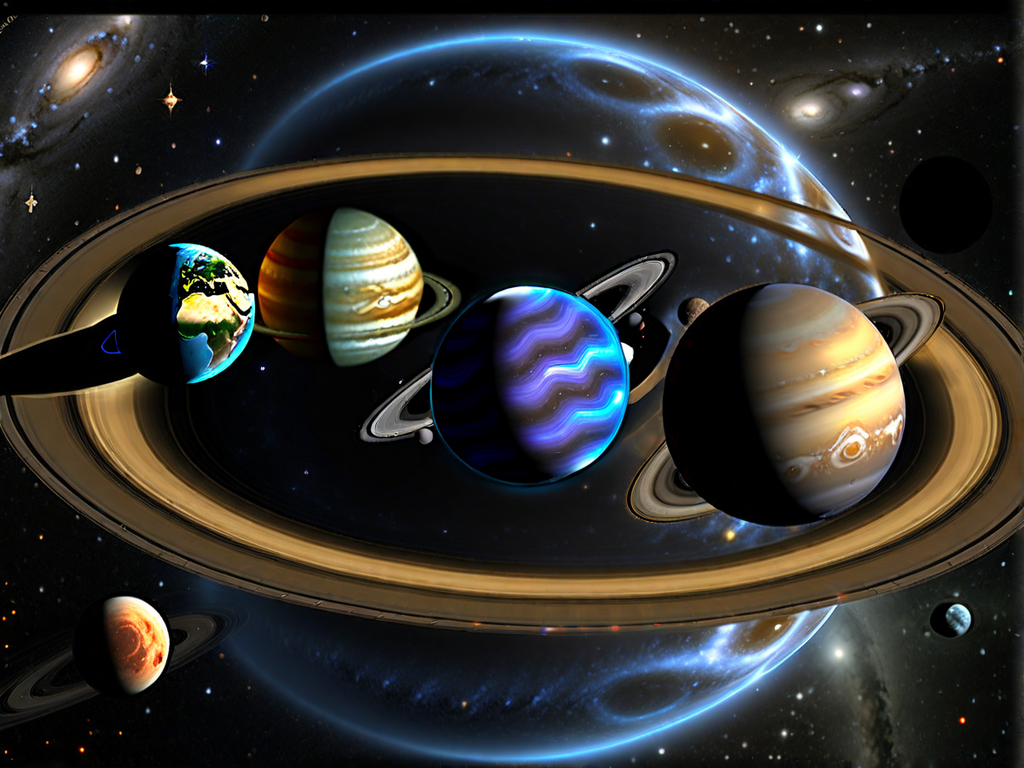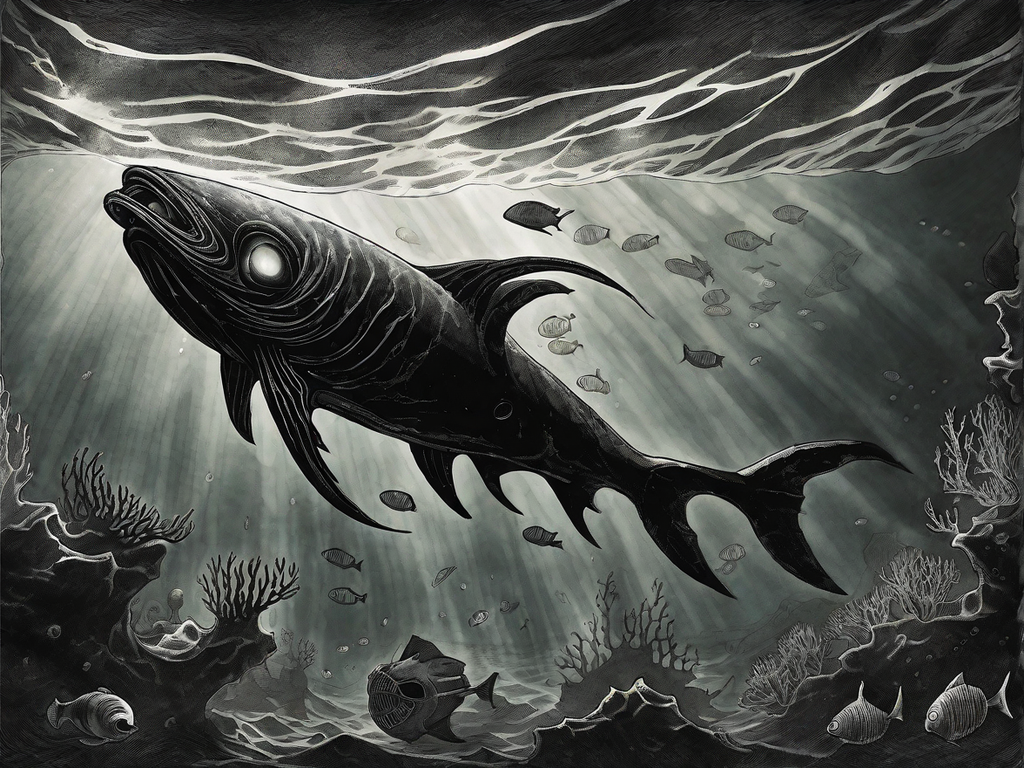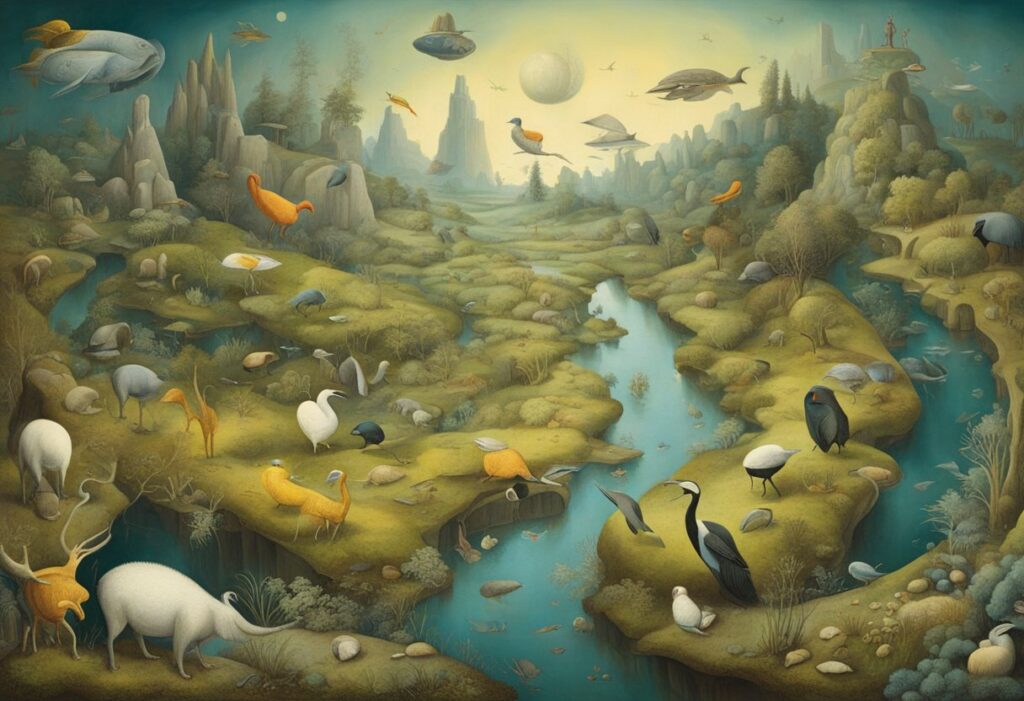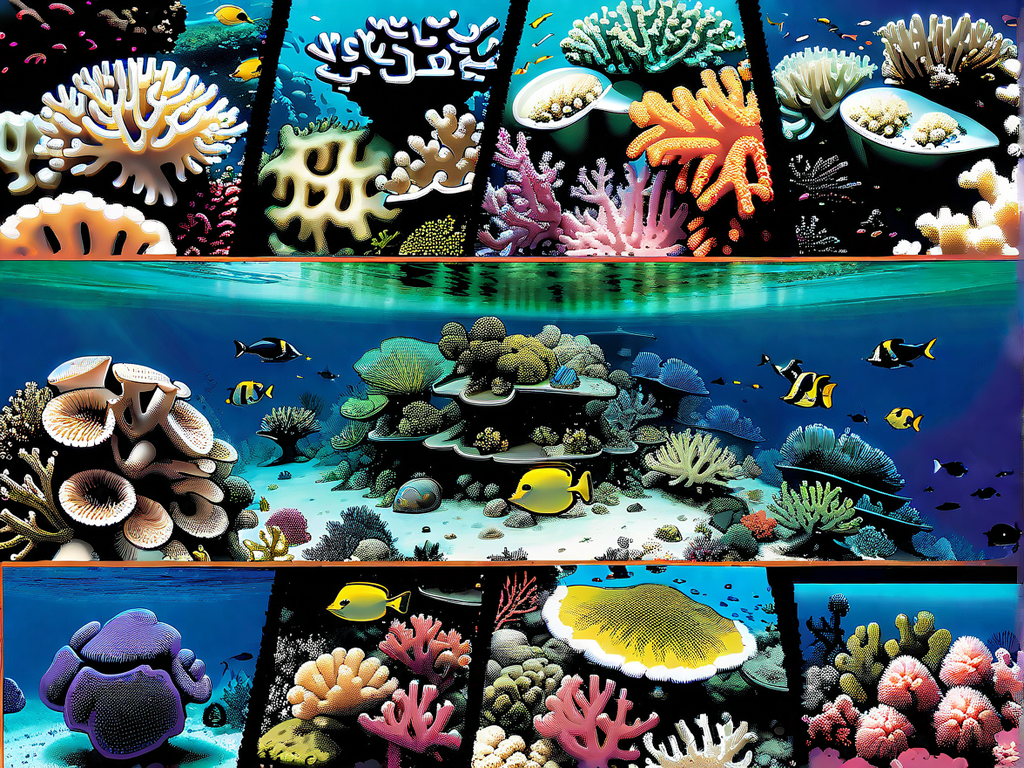Art is a medium of expression that transcends language and culture, connecting with the deepest recesses of our minds and emotions. From the humblest of doodles to the most celebrated masterpieces, the creation and appreciation of art are intrinsically tied to the human psyche. In this article, we will delve into the fascinating world of the psychology of art, exploring the myriad ways in which our minds interact with and respond to artistic expression.
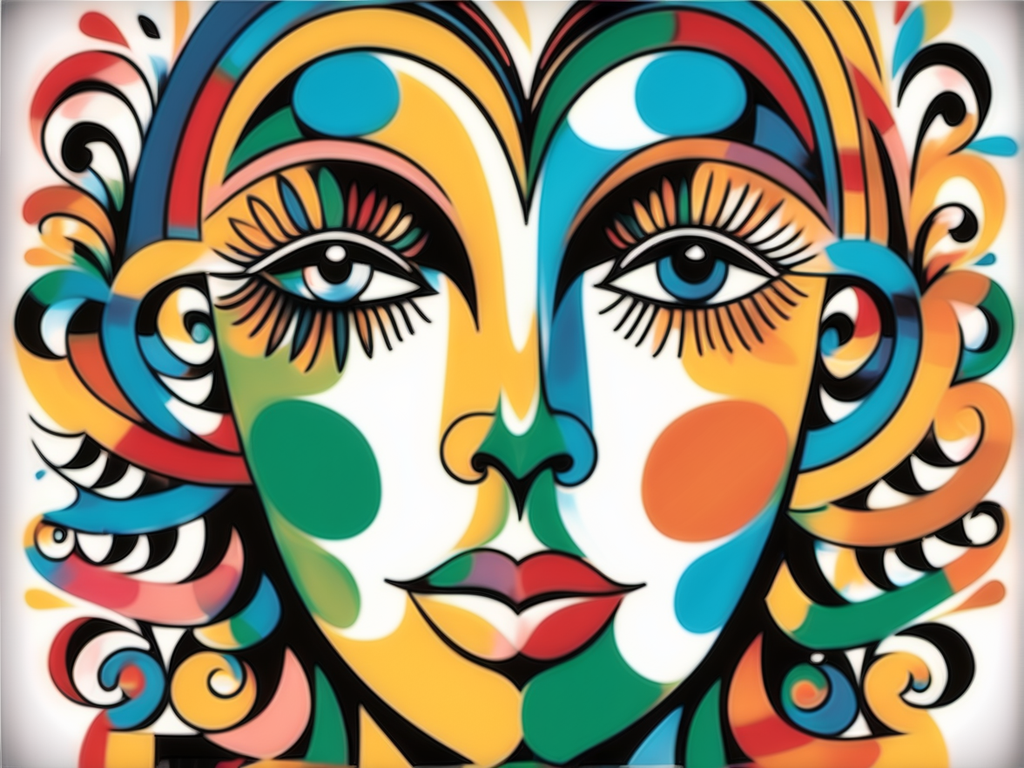
•
Art as an Emotional Outlet
The act of creating art can be a therapeutic and cathartic experience. Many artists, professional and amateur alike, use art as a way to express their emotions, thoughts, and innermost feelings. Whether through painting, sculpture, or any other form of artistic expression, the act of creating art allows individuals to externalize their inner worlds and find solace or healing in the process.
•
Art as Visual Language
Art is often described as a visual language that communicates complex ideas, stories, and emotions. When we look at a work of art, our brains engage in a process of interpretation, trying to decipher the meaning and intent behind the artist’s creation. The emotions, symbols, and narratives conveyed through art can resonate deeply within us, sparking contemplation and discussion.
•
The Role of Perception
The way we perceive art is influenced by our unique perceptual experiences. Factors like color, contrast, composition, and scale play a significant role in how we interpret and emotionally respond to art. Artists use these elements intentionally to guide the viewer’s perception and influence their emotional reactions.
•
Emotional Resonance
Art has the extraordinary power to evoke a wide range of emotions. A single painting or sculpture can elicit feelings of joy, sorrow, anger, or wonder, depending on the viewer’s personal experiences and perceptions. This emotional resonance is what makes art so universally relatable and impactful.
•
Art Therapy
Art therapy is a recognized mental health practice that harnesses the therapeutic potential of art. It allows individuals to explore their emotions, alleviate stress, and develop self-awareness. Through creative expression, people can gain insights into their inner world and work through personal challenges.
•
The Artist’s Mind
The mind of an artist is a realm of boundless creativity and innovation. Artists often employ unique and unconventional thinking patterns, breaking free from traditional constraints to produce novel and thought-provoking works. Understanding the artist’s perspective is key to grasping the psychological underpinnings of their creations.
•
The Viewer’s Interpretation
Art is a dynamic experience, and the viewer’s interpretation is a crucial part of the artistic process. When we view a work of art, we bring our own experiences, biases, and perspectives into the mix. This interplay between the artist’s intent and the viewer’s interpretation adds depth and richness to the art’s meaning.
The psychology of art is a vast and multifaceted field, encompassing the creative process, the interpretation of meaning, and the profound emotional connections forged through artistic expression. From doodles on a notepad to the grandest of masterpieces, art is a profound means of connecting with our own minds and those of others. It serves as a testament to the depth and complexity of the human psyche, providing a canvas for the expression of emotions, thoughts, and ideas that transcend the boundaries of language and culture. Art is, indeed, a testament to the intricacies of the human experience.



